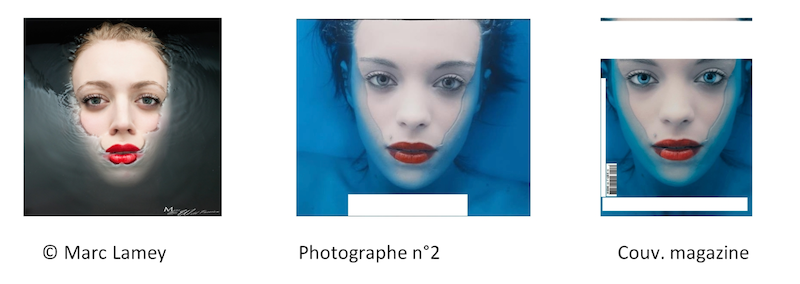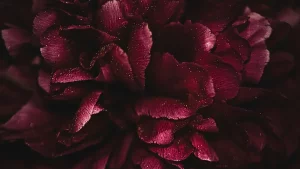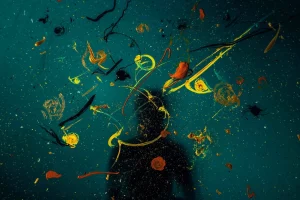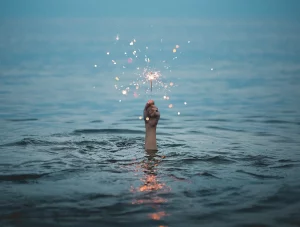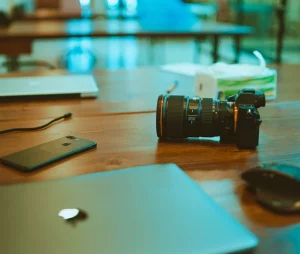The perception that we have of the world and that we convey in a photographic work is initiated by the inspiration that drives us. But what is our inspiration really made of?
The story of a creative process
When we decide to trigger our camera, is this gesture, a priori anodyne, guided by our cultural heritage, by archetypes common to all of us? Is it a conscious or unconscious reference to something we have already seen, that has seduced us and that we want to reproduce? Like the pose of a Pina Bausch dancer or a Leonardo da Vinci character? A street scene by Edward Hopper, a light and shadow portrait by the painter, Zurbaran, or photographer Richard Avedon? A flower by Robert Mapplethorpe seen on the cover of an art magazine?
Is the reinterpretation of an original work a plagiarism? Is inspiration copying? Which elements of inspiration constitute counterfeiting? The borderline is often difficult to establish, more of a gray area than a sharply defined line. The history of photography and art shows how much artists’ imaginations feed off each other. “The idea of total originality must be rejected, no one is capable of creating something from nothing, even in the work least influenced by the outside,” maintains Chilean Juan Pablo Klenner, an expert in architectural copyright.
What is plagiarism?
What does the law say? Plagiarism is a moral, civil and commercial violation, which can be penalized. It is often likened to immaterial theft, that is to say to the one who unduly or fraudulently appropriates all or part of a literary, technical or artistic work. Some even extend it to a style, to ideas or to facts.
In French law, the term used is counterfeiting.
Plagiarism has always existed. If we refer to the musical sector, we think of Pharell Williams’ “Happy” from a Marvin Gaye score, Prince’s “The Most Beautiful Girl in the World,” Kurt Cobain’s “Come as You Are” and Led Zeppelin’s “Stairway to Heaven.”
In literature, plagiarism is also legion; Montaigne plagiarized Plutarch and Molière, for his part, was strongly inspired by a Latin comic called Plautus (2nd century BC) for his play, The Miser!
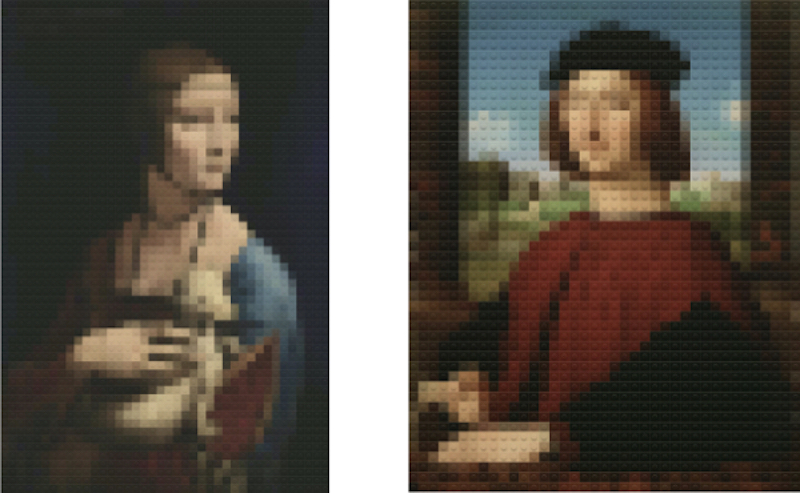
Simple inspiration, tribute or counterfeit?
Inspiration, we understand, is guided by our references, our meetings, our studies, our childhood and our daily life. Thus, culinary photographer Aimee Twigger is as much inspired by Vermeer as by nature. Or Noemia Prada, who excels in black and white photography, finds her inspiration in music and her inner world. What will distinguish plagiarism from an original work is its degree of inspiration. The importance of the borrowed elements will make it possible to determine if it is an inspiration that leans on the tendencies and the air of time, of a supported homage clearly explicit or a pure and simple copy without any mention of the original work.
A work influenced by the work of others but with a real added value
Inspiration is based on an imagination that comes to us but that is mostly based on existing elements that we remember. We all have multiple influences. The quality of a photographic work is thus underlined by the references on which the creation is based, increased by an element that brings a new dimension to the work, which I will name added value.
The photographer proposes his vision, his own interpretation, which goes much further than the one from which he was inspired. The borrowing serves as a springboard to better rebound and present another thought, another artistic proposal. Photographer, painter, sculptor, dancer, author–all borrow to sublimate their own artistic language.
The painter, Djamel Tatah, for example, is sometimes inspired by a photograph, a movement, a look, to integrate it into his figurative universe. With regard to Tatah’s creation, the reference, while clearly explicit, is appreciated as a wink but does not call into question the contemporary creation considered as an artistic value distinct from the original work.
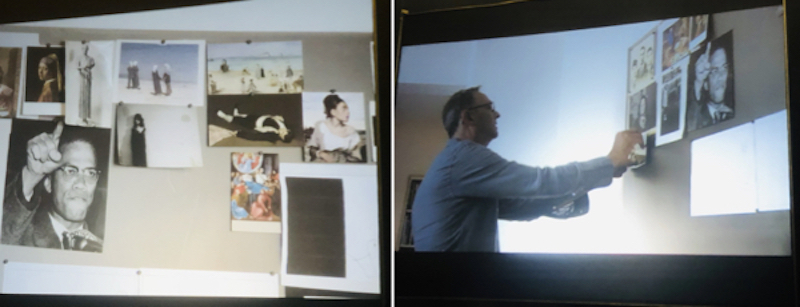
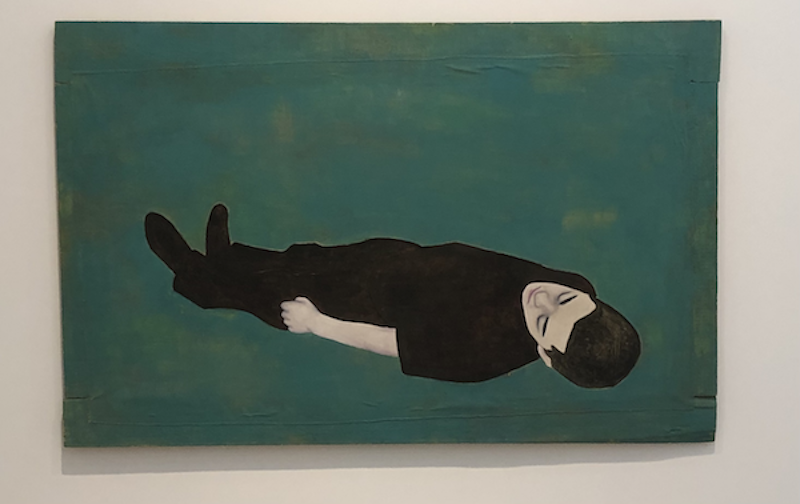
The posture of the reclining man in Djamel Tatah’s work is a replica of the one painted by Edouard Manet, and it is perfectly intentional. The resemblance is so disturbing that one immediately grasps the reference he is proposing, but his interpretation is so powerful that it is his universe, his artistic imprint, that of Djamel Tatah, that springs from the canvas, springs from the canvas, and not the essence of that from which he borrowed.
Let us take a second example where the loan is made, this time to a photographer. The series of movements captured by the photographer, Muybridge, highlighted by Djamel Tatah through a pictorial series, a long-line succession of the same head. Here again, the subject imported into the contemporary world of the painter is seen as a reminder of this work of decomposition, accompanied by a very particular vision of the visual artist and which, in the end, presents a work very different from that from which he was inspired.
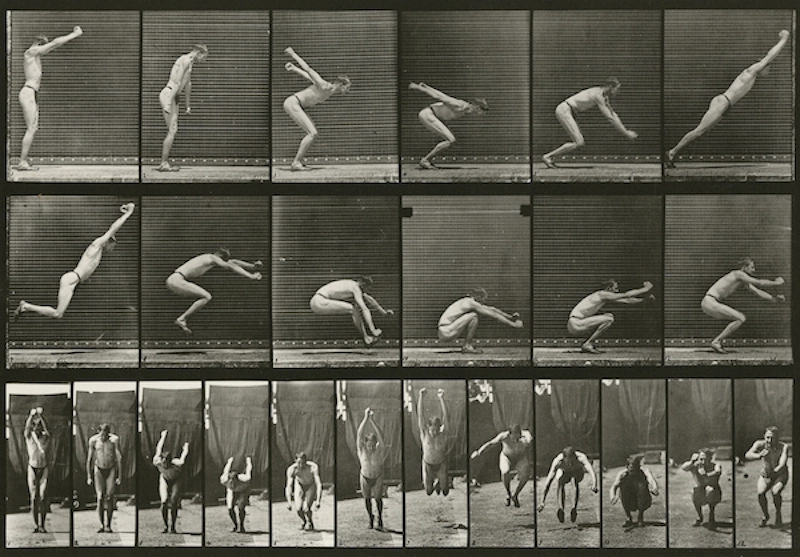
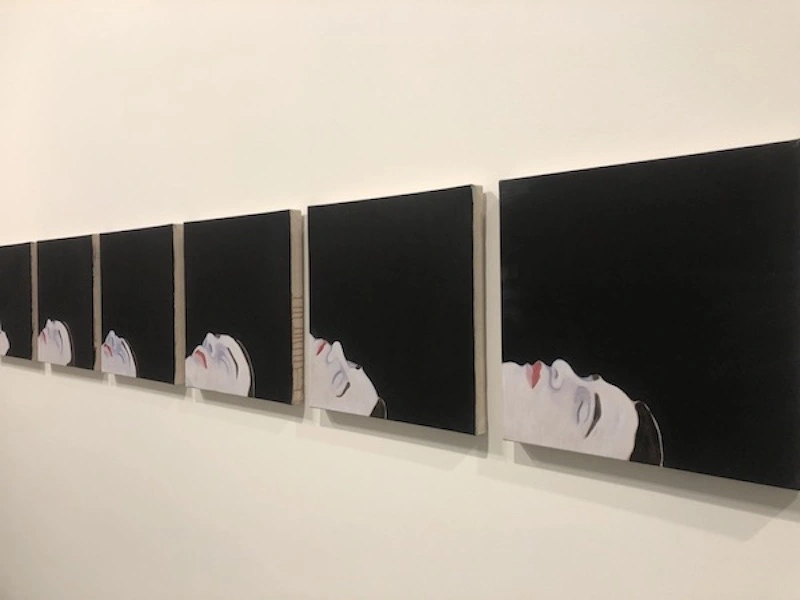
A derivative work of a pre-existing work
Sometimes the borrowing from the pre-existing work is voluntarily displayed and admitted. It even constitutes the starting point of the creative process, as a kind of permanent reference to the author of the original, or even a tribute to him.
The work of Richard Tuschman is a good example. In photography, he creates a perfect copy of Edward Hopper’s paintings. Tuschman only provides a technique but in no way the inspiration of the scene or the model. It is a photographic transposition of several paintings, studied in great detail, which he has entitled “Hopper Meditations.” The homage is, there, completely proven.

Exact copy: a reproduction
Lack of inspiration leads to plagiarism of others’ work. Court battles often ensue when agencies working for famous brands reappropriate the creation of an artist without mentioning the author. When plagiarism is revealed, legal action is a logical consequence, especially in France, where authors’ rights are particularly well defended.
This was the case for the lawsuit brought by the heirs of Jeanloup Sieff against the company Dolce & Gabbana, which used a photograph taken for a campaign by Yves Saint Laurent.
The existing resemblance between the two photos involved several aspects.
The nudity of a young and handsome man, the wearing of a pair of glasses, the sitting pose, the lighting and the expression of the model, were considered plagiarism.
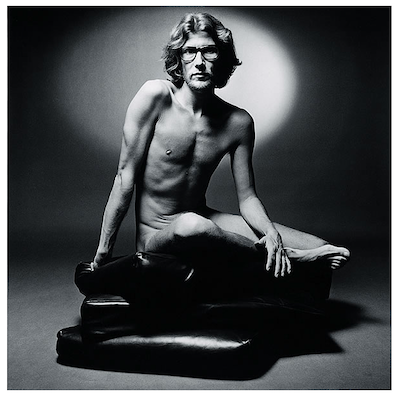
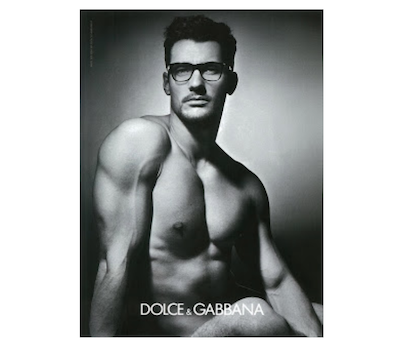
In 2007, photographer William Klein also accused fashion designer John Galliano of plagiarizing his work for an advertising campaign, using the technique of annotated and enlarged contact sheets. The court determined that what defines the originality of the work, in this case the painted contact sheets, cannot be borrowed from the artist under penalty of infringement.

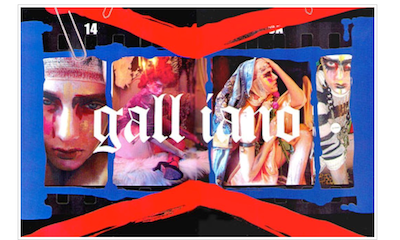
In a similar case, photographer Marc Lamey’s portrait of a woman was plagiarized by another photographer, who appropriated the idea of his composition without mentioning his source of inspiration. A well-known French case presented by the lawyer who defended the case, Joelle Verbrugge, in an online article.
Photographic signature: good practice
The problem is solved when an author’s photographic work is remarkable in the true sense of the word. It is recognizable. A type of light, a recurrence of certain subjects, a particular development technique, a photographic texture…all these characteristic elements when they become repetitive, alone or assembled, truly constitute the photographic signature of an artist.
It happens that great photographers have an inspiration tinged by a reference, as painters or sculptors like to work on the same subject, but the work, in the end, turns out to be so distinct and the interpretation so personal that it cannot be considered as plagiarism.
Each artist has his or her own artistic signature: texture and color for Sarah Moon‘s feminine silhouettes, extreme density of black and white with a wide-angle lens for Jeanloup Sieff, the pure poetry of a glass placed on a table by Josef Sudek with this sfumato print. All of them are easily recognizable, whatever the subject of their work. Each one has elaborated a very personal pictorial world, a perfectly identifiable imprint.
This was the case for the lawsuit brought by the heirs of Jeanloup Sieff against the company Dolce & Gabbana, which used a photograph taken for a campaign by Yves Saint Laurent.
The existing resemblance between the two photos involved several aspects.
The nudity of a young and handsome man, the wearing of a pair of glasses, the sitting pose, the lighting and the expression of the model, were considered plagiarism.
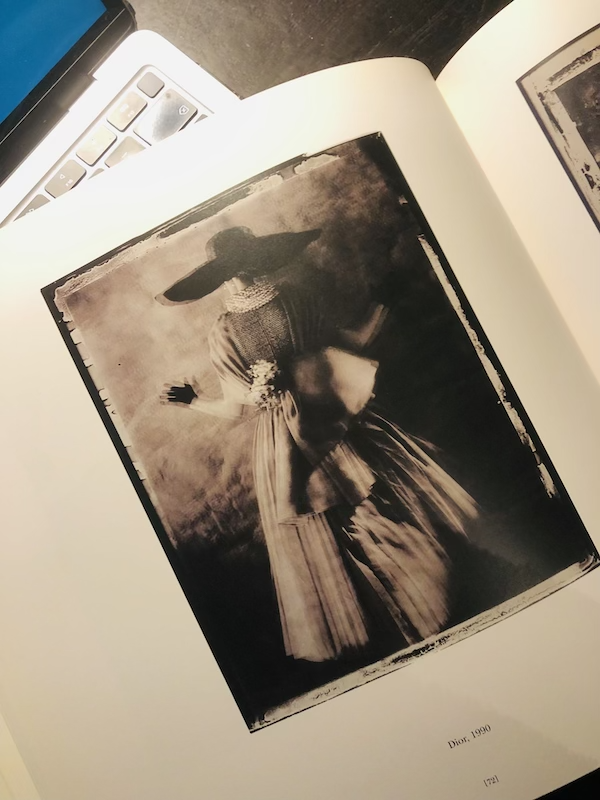
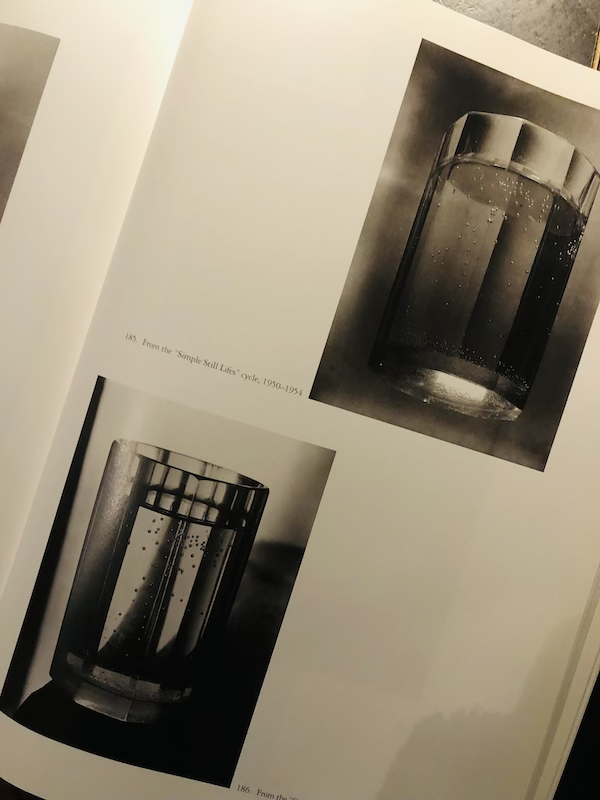
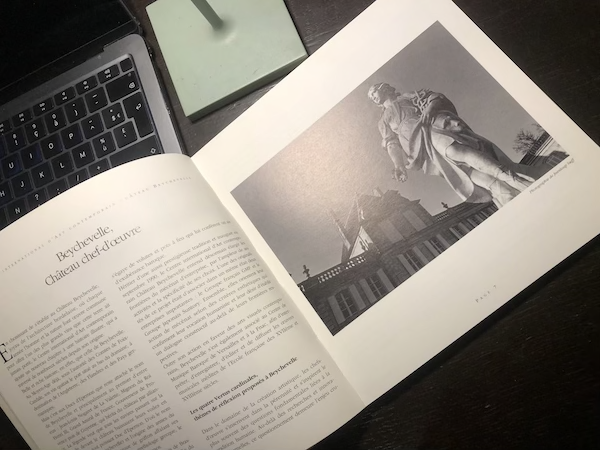
In the manner of Magritte, Hieronymus Bosch or Dali? Long live AI!
Today, applications dedicated to the world of photography are amazing and incredibly diverse. Photoleap and Aiby AI Art & Photo Avatar, for example, draw your portrait in the manner of famous artists, painters, street art or manga artists… Their graphic signatures are copied very faithfully, which is enough to confuse the issue and to get tangled up in legal matters! The intervention of artificial intelligence in the world of photography will reshuffle the cards and considerably shake up the perception we have of photography, especially in terms of veracity or validity, but that’s another story that deserves several articles unto itself.
How to protect yourself from counterfeiting
There is a rather powerful social network watch that tracks down the slightest duplicate illustration, and it is an excellent place to start. A valuable ally for photographers who regularly expose their photos on Facebook, Instagram, and other applications, Tineye.com does an amazing job of finding images that have been duplicated, edited, cropped, or even modified.

And you, what do you think?
When confronted by them, some counterfeiters might mention their source of information, or even apologize for the borrowing if it is obvious. Only one rule must dominate this questioning: it is the part of our imagination, its combination, which is constantly enriched as we reflect, our reflection–which must prevail in all points. It is not a question of copying but of telling, translating, exposing a feeling or an emotion which animates us, being challenged by a subject which, even if it has already been evoked a thousand and one times, will be revealed by our glance quite new.
Photos Credits: Lucas Huoang, Kritopher Roller, Djamel Tatah, Muybridge, Richard Tuschman, Jeanloup Sieff, William Klein, Marc Lamey, Arslan, Sarah Moon, Josef Sudek.



